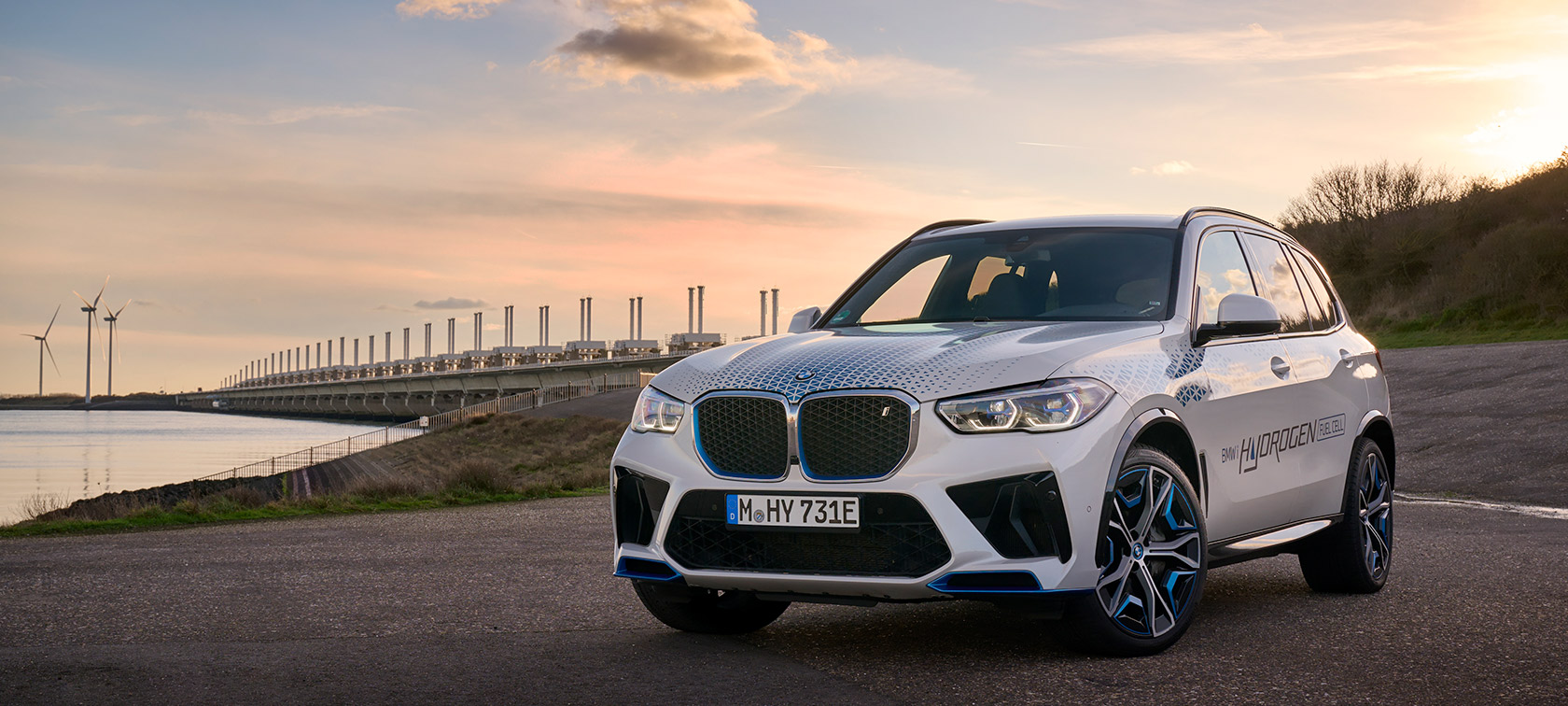Hydrogen internal combustion engines: The thrill and fun of a traditional ICE engine but having the CO2 emissions of an electric vehicle.

Introduction
As the world addresses the challenges of climate change and sustainability, car manufacturers are at the forefront in discovering alternatives to fossil fuels. Among the most promising solutions is hydrogen technology, which holds significant potential for sustainable vehicle energy. BMW, a trailblazer in automotive innovation, is actively developing and exploring hydrogen engines, reinforcing its commitment to a greener future.
The basics of hydrogen engines
Hydrogen internal combustion engines (HICE)
Hydrogen fuel cell vehicles (FCEVs)
FCEVs use a fuel cell for converting hydrogen into electricity that also powers an electric motor. From this process only emission is water vapor, making FCEVs a zero-emission vehicle option.

BMW’s journey into hydrogen technologies
BMW’s hydrogen journey began in the early 2000s with the announcement of the BMW Hydrogen 7. It was the first luxury sedan to use hydrogen power. With a dual-fuel system, the Hydrogen 7 could run on both hydrogen and traditional gasoline.

BMW iX5
The BMW iX5 is a concept vehicle that is power by fuel cell technology, that isn’t yet avaible for purchase. The iX5 has 401 hp making it accelerate from 0-60 mph in under 6 seconds. Despite the iX5 being a hydrogen vehicle it still maintains the same power and agility levels as other BMW’s

Read also

